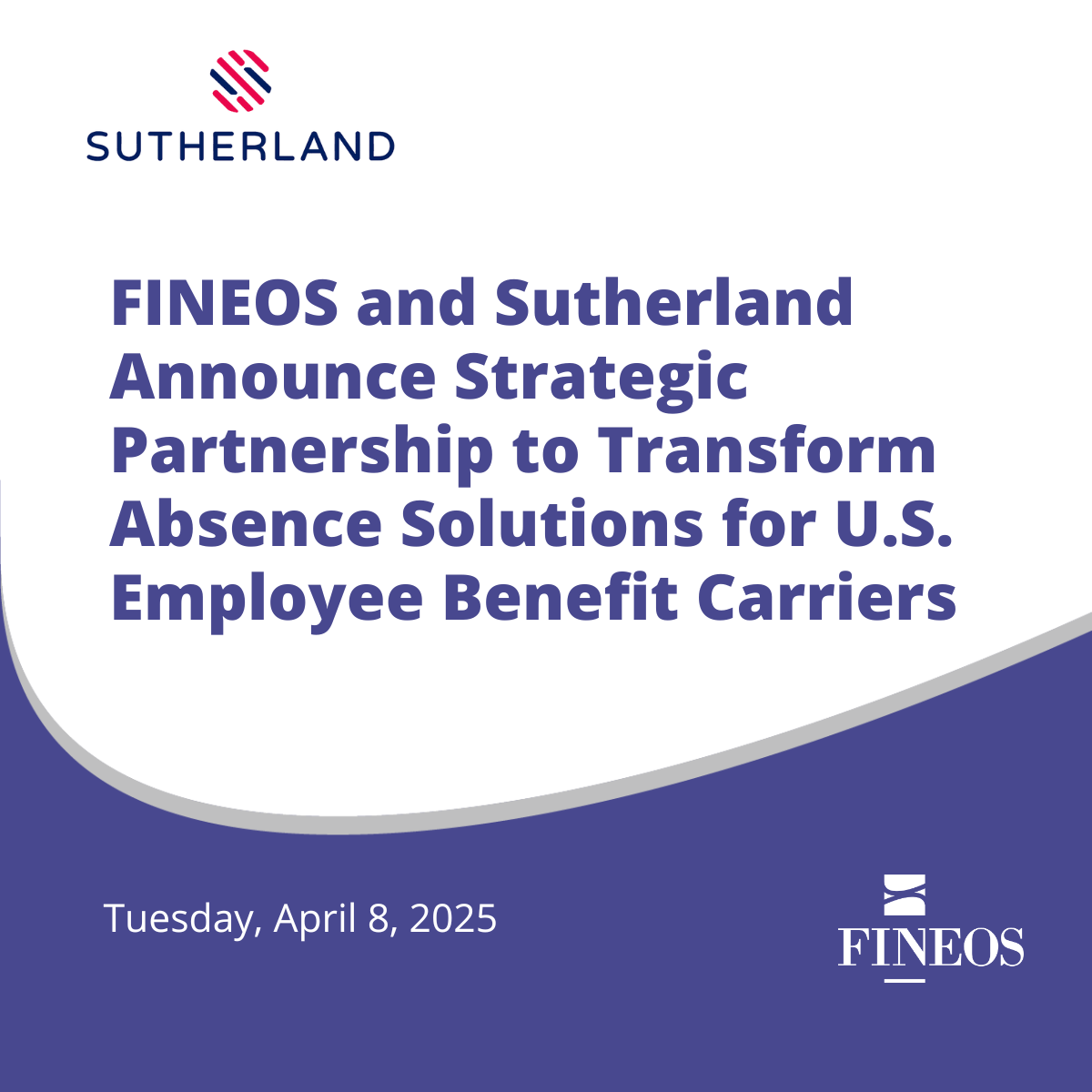Original article appeared in The Voluntary Benefits Voice from Voluntary Advantage June 2023. A pdf version can be downloaded here.
Wellness benefits. Retail discounts. Concierge services. If there’s a demand, there’s a way to create a voluntary benefits product. The explosion of innovative voluntary benefits in North America reflects what employees (primarily millennial/Gen Z) are requesting to help them manage their work-life balance.
In a tight labor market beset by inflation and volatile stock prices, employers find that adding voluntary benefits to their lineup is a smart strategic move. Indeed, insurance executives told LIMRA they believed that “the group benefits segment, including voluntary offerings, is poised for further growth” in 2023 and that the industry should develop fresh strategies to sell more products.
How Voluntary Benefits Are Presented Is Critical To Enrollment
Offering competitive voluntary benefits is an important way for employers to attract and retain talent, but the benefits themselves must be presented in a manner that’s both easy to understand and digitally access. Consider these findings:
- The Hartford’s 2023 Future of Benefits Study found that “35% of U.S. workers do not understand the supplemental benefits that are offered and what they cover and 49% of employers agree employees lack understanding about these benefits.” Perhaps more simplicity is needed because texting has conditioned us all to use short phrases and abbreviations. Rewriting benefits in plain language, will become a trend.
- In a recent LIMRA survey, 86% of insurers viewed digital enrollment methods and using the same enrollment platform for all benefit options as “extremely/very influential” on generating positive enrollment results (14% of insurers found them to be “somewhat influential”). “Digital enrollment options have become table stakes,” LIMRA noted, and workers who have to use multiple systems instead of one platform are less inclined to explore all of their options. In other words, employees don’t have the time, or won’t take the time, to jump from system to system.
Make It Simple, Make It Easy
Similar to meeting employees where their digital experience resides, so we should meet them where their needs are and when it counts. Frankly, the age of referring to voluntary benefits as “forget-insurance” is over. The large deductible gap for major medical and the increased value in products such as accidental injury, critical illness, and hospital indemnity have taken voluntary from rainy day to almost-everyday. However, there is still a gap in utilization. The best method currently being leveraged is integration of insurance plans to leverage claim data and determine whether a voluntary policy is applicable. Done effectively, this is a game changer; however, the key is timing, correspondence, and simplicity in the claim submission and adjudication process.
Technology-Enabled Value
To differentiate, insurers will need to really understand and focus on what customers value, not what they think customers value. This means knowing exactly where the painpoints and bottlenecks exist. It also means leveraging the information they already know about customers to guide decisions. For example, if an employee has purchased accident insurance, but not hospital indemnity, was that an oversight? Fortunately, there are AI-enabled, experience-monitoring technologies that can help. Doing things faster, smarter, and cheaper means having the right solutions to drive out unnecessary costs and provide the foundation for flexibility and change.
According to IDC, remote work is the No. 1 anticipated permanent workplace and technology change emerging from the pandemic. We agree with this assessment. Organizations will need to invest heavily in delivering integrated, easy-to-use self-service for all core functions, especially those that interact with critical customer touchpoints such as enrollment and claims. It is imperative for organizations to have one digitized source of truth around the current plan, the policies, the member-level enrollments, coverages, and class-level views. Without this, it will be almost impossible to remotely deliver the level of personalized service that customers expect. Although it may be tempting, we recommend against building on solutions designed for other products and purposes, as these add-ons will most certainly result in difficult hurdles to overcome when the benefit landscape changes again.
Providing Options To Gig Workers
The gig workforce has increased beyond concept to reality. Due to shortage in the labor market, many employers leveraged the broad and flexible gig workforce to address talent gaps and execute on key initiatives or projects. Even as the economy has slowed, the workforce is still tight and talent is hard to find. The remote working model is another factor. Both factors increase the odds of a gig workforce remaining for the long term. This will force many traditional employee benefit carriers to consider both the impact to participation, penetration, and plan design concepts to provide a means for offering group benefits to individual gig workers. While the gig contractor may not be able to benefit from the traditional group benefits (i.e., group pricing), there are ways to provide a robust option that creates opportunities for the gig worker to access benefits for financial wellness and family medical coverage. Similar to sponsoring group voluntary products, many employers are leveraging their size and buying power to provide their gig employees access to benefits and other supplemental products that would otherwise be price prohibitive or non-accessible.
Voluntary Benefits Fuel Opportunities
The future of voluntary benefits is filled with endless opportunities to enrich the lives of others in an effective and value-added manner, as long as organizations are willing to continue to invest in technology to drive innovation and challenge norms within their business models. As employers create new ways to address labor shortages and employee needs, new waves of products and services will emerge, and solution providers will play a critical role in making these necessary pivots possible. Most organizations have proven they can respond quickly during a crisis.
The real question is whether they will continue to innovate and leverage modern technology to move forward or retrench with standard approach.
***
Article written by Dan Watt Senior Vice President of Product Management at FINEOS, the leading provider of core systems for life, accident and health insurers globally.
Feel free to contact us for more information.


